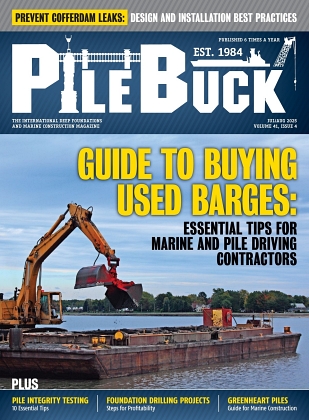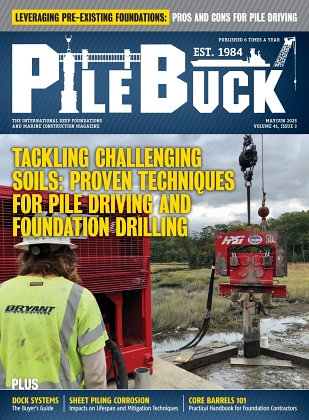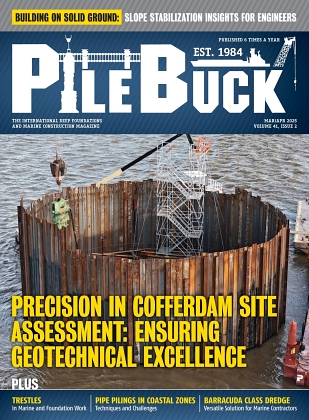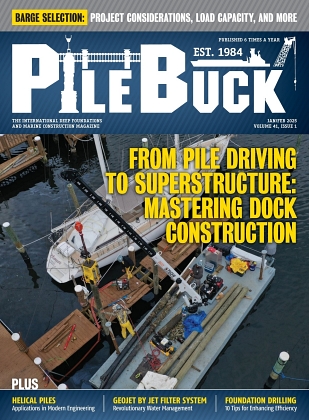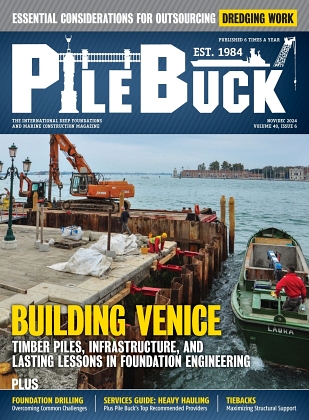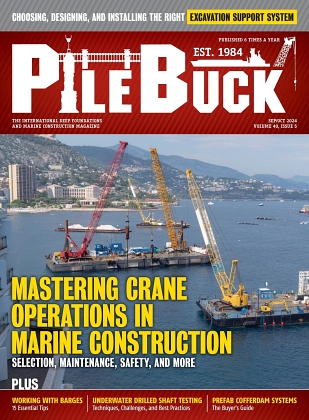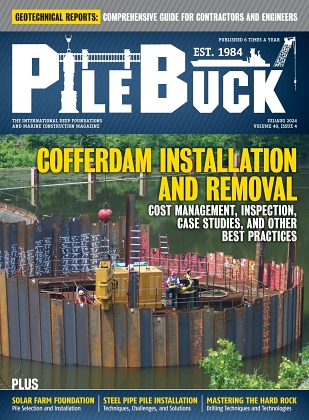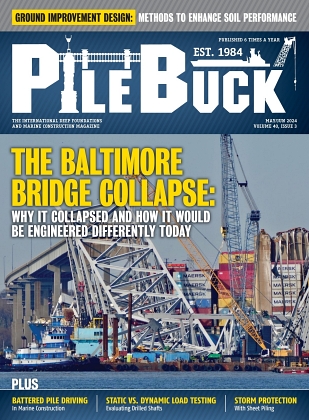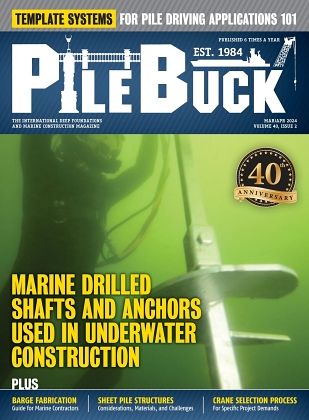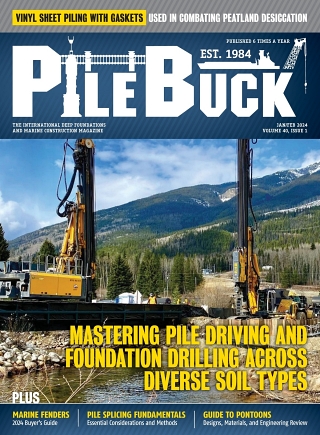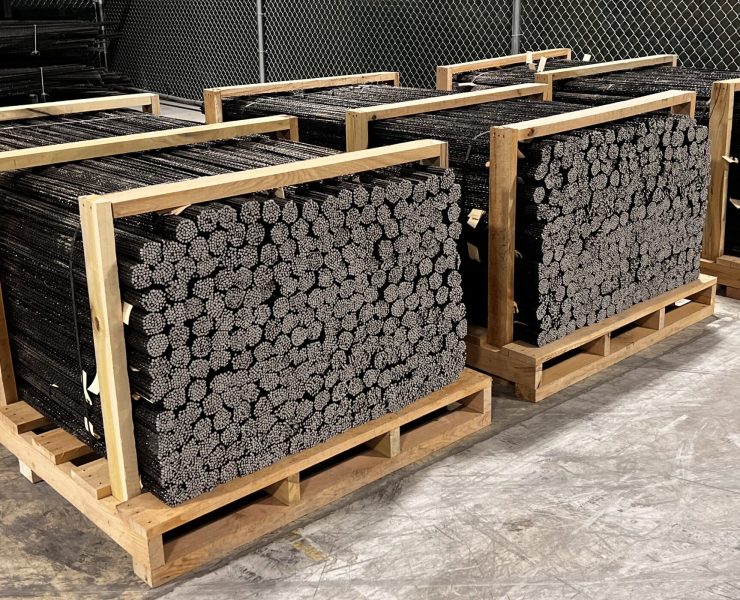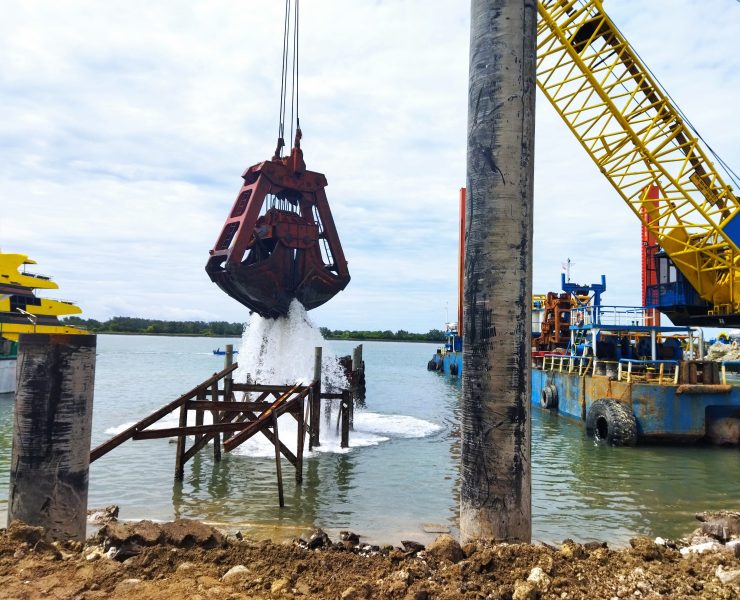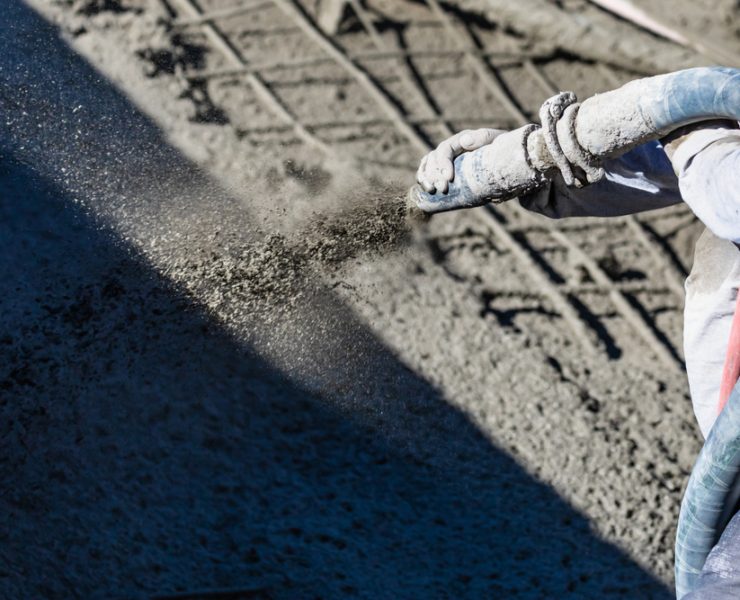Prefabricated Steel and Timber Bridges for Efficient Marine Crossings
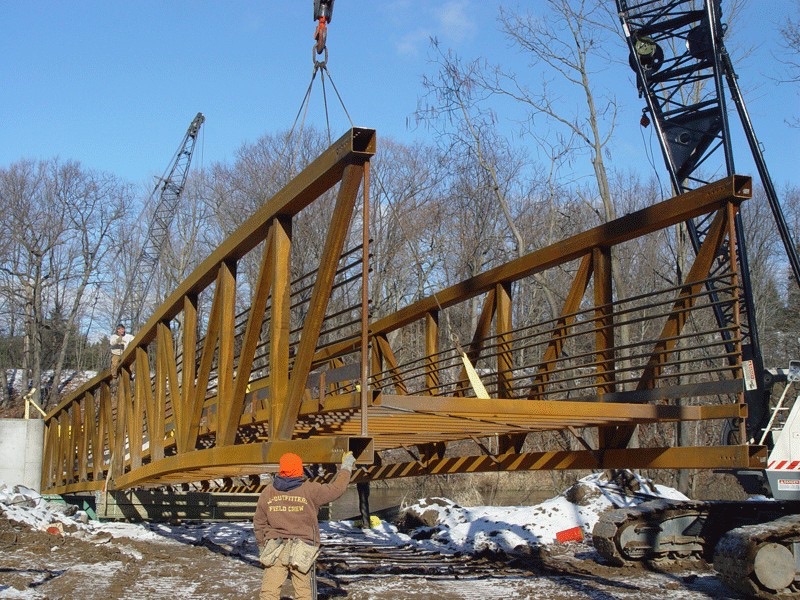

Marine crossings such as bridges over rivers, estuaries, and coastal waterways require a balance of strength, speed, and long-term reliability. Traditional construction often means extended timelines, complex logistics, and environmental disruption. Prefabricated bridge systems built from steel and timber offer a more efficient approach for marine and waterfront projects.
These bridges combine the controlled precision of factory fabrication with the adaptability needed for challenging marine sites. By using prefabricated sections, contractors can minimize in-water work, shorten construction schedules, and deliver durable structures suited to coastal environments.
The Growing Role of Prefabrication in Marine Construction
Prefabricated bridge systems are gaining momentum in marine infrastructure because they streamline every phase of construction. In marine settings where work windows depend on tides or seasonal weather, reducing on-site time can mean the difference between success and delay.
According to the Federal Highway Administration, prefabricated steel bridge systems cut down on traffic control, detours, and on-site activity by allowing large components to be built and inspected in factory settings before transport. This results in faster delivery and improved quality control—two critical factors for projects exposed to harsh marine conditions.
Why Steel and Timber Make a Strong Combination
Strength and Durability of Steel
Steel has long been favored in bridge construction for its high load capacity and ability to span long distances. Prefabricated steel girders or trusses can be precision-cut and pre-coated for corrosion resistance. When installed in coastal or river environments, these components stand up well to heavy loads and cyclical stress from water and wind.
Sustainability and Aesthetic Value of Timber
Timber continues to be a reliable and sustainable bridge material. Modern engineered products like glued-laminated timber (glulam) and cross-laminated timber (CLT) provide excellent structural performance while reducing environmental impact. Treated or laminated timbers resist moisture and decay, allowing them to perform well in humid or saline conditions.
The natural finish of wood also enhances the visual integration of a bridge within parks, marinas, and coastal developments—providing both function and beauty.

Hybrid Steel-Timber Systems
Many successful marine crossings now use hybrid systems that combine steel’s strength with timber’s lighter weight and aesthetic warmth. Steel components form the main structure, while timber decking or rails provide surface resilience and user comfort. Together, they deliver a balance of engineering precision and environmental harmony.
How Prefabrication Improves Marine Project Efficiency
Prefabrication moves the most time-consuming tasks—cutting, welding, and quality control—into factory conditions. Foundations and abutments can be prepared on-site while the bridge sections are produced elsewhere.
Once transported to the site, modules can be lifted into place using cranes or barges, minimizing heavy construction near sensitive waterways. This method not only saves time but also lowers environmental impact by reducing sediment disturbance and in-water exposure.
For marine contractors, this means fewer weather delays, shorter installation windows, and predictable costs. Prefabricated systems also allow for future expansion or replacement, since modular components can be swapped out or added without dismantling the entire structure.
Designed for the Marine Environment
Prefabricated bridge materials must withstand constant exposure to moisture, salt spray, and temperature swings.
Steel components are typically galvanized or coated with high-performance epoxy to prevent corrosion. Timber elements are kiln-dried, pressure-treated, or laminated to protect against rot and marine borers. When combined with proper detailing—such as drainage paths and ventilated joints—these treatments extend service life and minimize maintenance needs.
Durability also depends on material compatibility. When steel and timber are used together, connectors and fasteners are chosen to prevent galvanic corrosion and ensure consistent long-term performance.
Applications Across the Marine Sector
Prefabricated steel and timber bridges can serve a wide range of marine and coastal purposes. They provide pedestrian access over tidal creeks, carry vehicles in marina developments, or support maintenance teams and utilities in port areas.
Modular bridges are also used for temporary construction access, allowing equipment to move safely across channels or wetlands during dredging, piling, or shoreline restoration. Because they can be installed and removed quickly, these systems support both permanent and short-term marine operations.
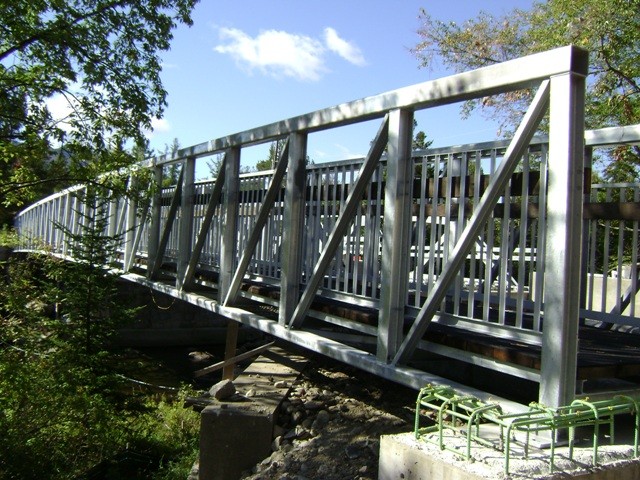
Innovations in Modular Bridge Design
The evolution of prefabricated bridge technology has led to lighter, stronger, and more adaptable systems.
Modern modular steel bridges now use high-precision fabrication and bolted connections that allow rapid assembly and easy transport to remote sites. Engineered timber continues to evolve with improved adhesives, lamination techniques, and fire-resistant coatings that extend structural performance.
Digital design tools such as 3D modeling and Building Information Modeling (BIM) have also improved how prefabricated components are planned, coordinated, and installed. By simulating site conditions, engineers can identify potential challenges long before materials reach the field.
Sustainability and Environmental Benefits
Prefabrication aligns with sustainable construction principles by reducing material waste, on-site emissions, and disturbance to natural habitats. Fewer construction activities occur near or in the water, which helps protect fish and plant life.
Timber components sourced from certified sustainable forests further enhance the environmental profile of these bridges. Combined with the long service life of steel, the hybrid design offers both durability and a smaller ecological footprint.
The Future of Marine Crossings
As infrastructure demands continue to grow along coasts and inland waterways, prefabricated steel and timber bridges are poised to play an even larger role. Their modular nature, efficient construction process, and compatibility with sustainable practices make them a preferred option for both public and private marine developments.
Advances in corrosion protection, engineered wood technology, and modular design will continue to improve performance and longevity. For marine engineers and contractors, prefabricated bridge systems represent a practical way to meet rising demands for efficiency, safety, and environmental care.
They offer faster installation, durability, and minimal environmental disruption in coastal environments.
They combine steel’s strength with timber’s lightweight, sustainable, and aesthetic qualities for efficient, long-lasting crossings. Why are prefabricated steel and timber bridges preferred for marine crossings?
How do hybrid steel-timber bridges benefit marine construction projects?


